Why asylum in Switzerland remains elusive for Afghan refugees
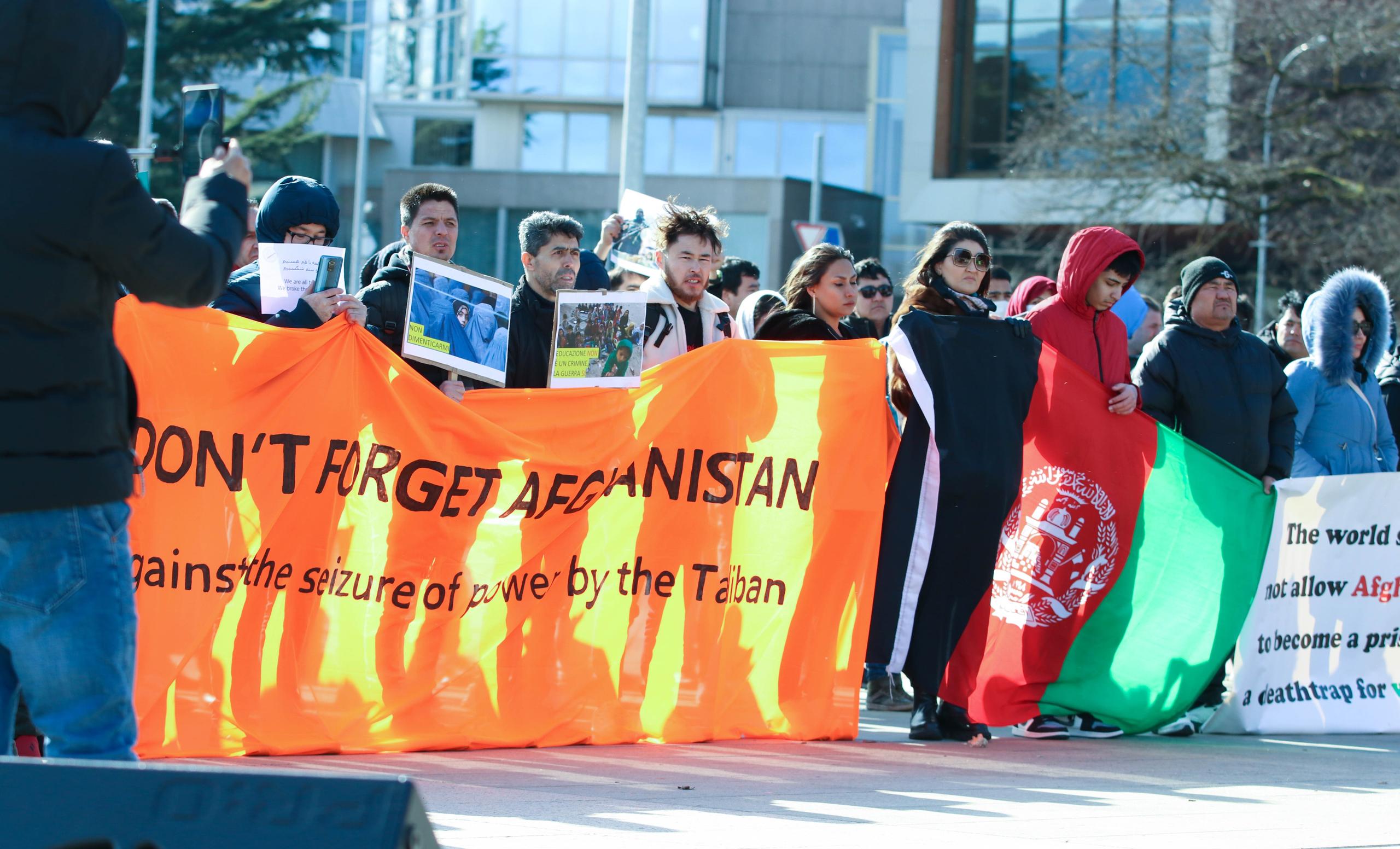
Despite the deteriorating human rights situation in Afghanistan under the Taliban regime, Swiss authorities continue to turn away the vast majority of Afghans seeking protection – a policy in sharp contrast to the welcome the country has offered to Ukrainian refugees.
Aresu Rabbani reckons she has helped more than 1,000 Afghans apply for a Swiss humanitarian visa since the Taliban took Kabul in August 2021. Most of them had managed to cross the border into Iran or Pakistan – with a humanitarian visa, they would be able to come to Switzerland safely and legally and apply for asylum.
Rabbani, who fled Afghanistan in 2008 after her father was jailed by the Taliban, did everything she could to improve their chances of a positive response – even going so far as to translate the visa application tool into Farsi.
“I tried to help them day and night,” says the Zurich resident, “because I know what it means to be in this situation.” Despite her efforts, not a single applicant she helped ever got a visa from the State Secretariat for Migration (SEM). This includes her cousin in Herat, whose house was ransacked by Taliban militants. Her cousin had been a women’s rights advocate, which made her a target of the extremist group.
“We sent all the documents that would support her application but we never got a response,” says Rabbani, who is a volunteer with the asylum support service AsyLex. Rabbani made several unsuccessful attempts to follow up with the Swiss authorities before finally giving up. Her cousin remains in Iran with her two young children.
The case of Afghanistan clearly shows a “lack of political will in Switzerland” to offer international protection, the Swiss Red Cross concludedExternal link in a 2021 report. Whereas the outbreak of civil war in Syria in 2011 eventually prompted the government to accept over 5,000 refugees, so far it has resisted calls to facilitate entry for Afghans. Out of 1,759 applications for a humanitarian visa made by Afghans in 2022, just 98 were granted by the SEM – an acceptance rate of 5.5%. Meanwhile, just 13% of Afghan asylum-seekers in Switzerland got refugee status, far below the European averageExternal link of 46% (European Union states plus Norway and Switzerland).
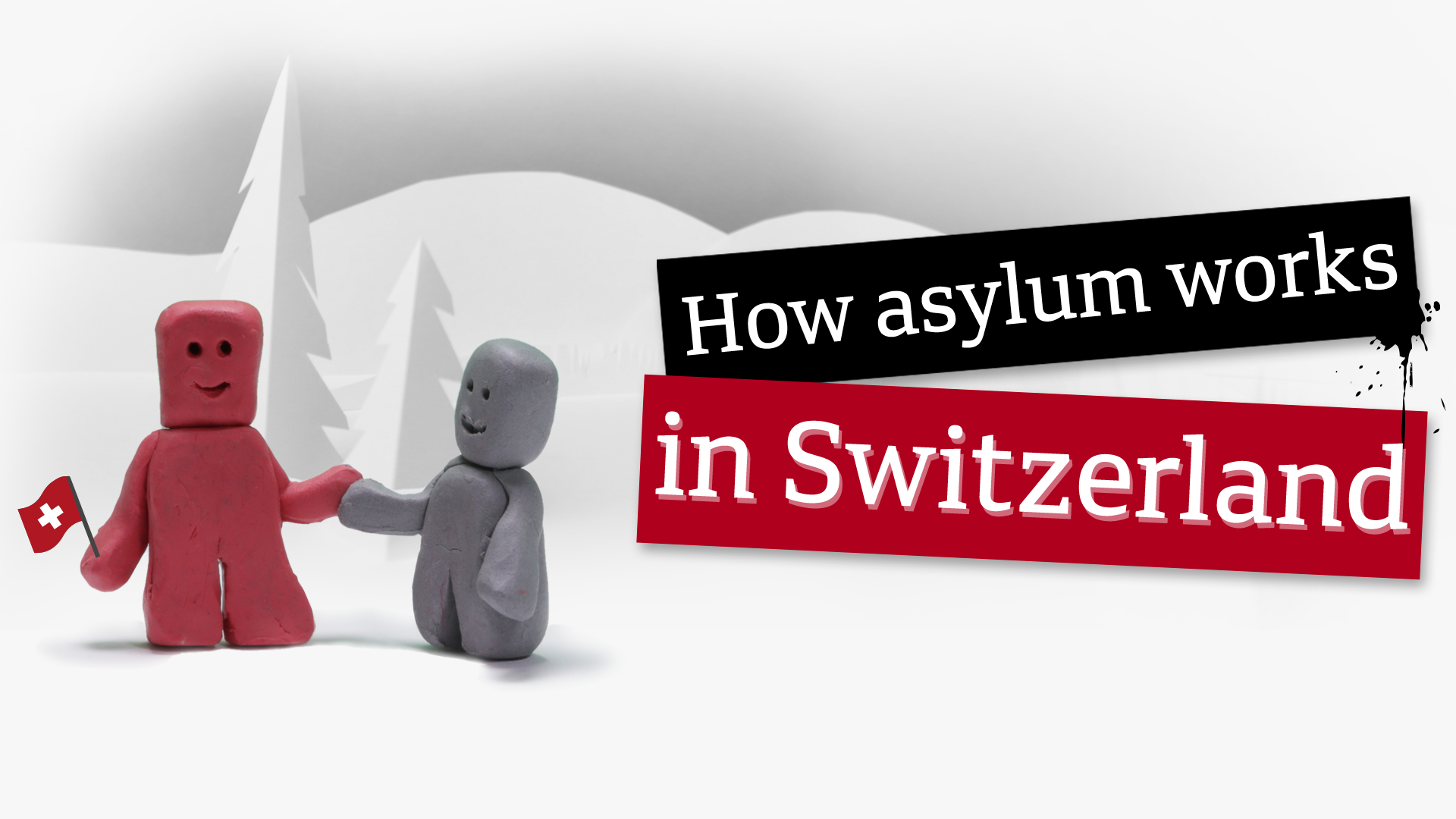
More
How the Swiss asylum system works
Difficult criteria to fulfill
With the Taliban systematically rolling back the rights of women and girls and hunting down people who worked for western allies or the previous regime, the demand for protection among Afghans is high. Over 1.6 million have fled to neighbouring countries – primarily Iran and Pakistan – since August 2021, accordingExternal link to the UN Refugee Agency (UNHCR). Afghans were the second-largest groupExternal link of asylum-seekers in Europe in 2022, accounting for roughly 129,000 applications.
Rabbani wanted to throw a lifeline to Afghans hoping to reach safety by showing them how to apply for a humanitarian visa. Since 2013, Switzerland has made it possible to get a visa on humanitarian grounds at a Swiss embassy or consulate – a pathway to protection that EU countries currently do not provideExternal link.
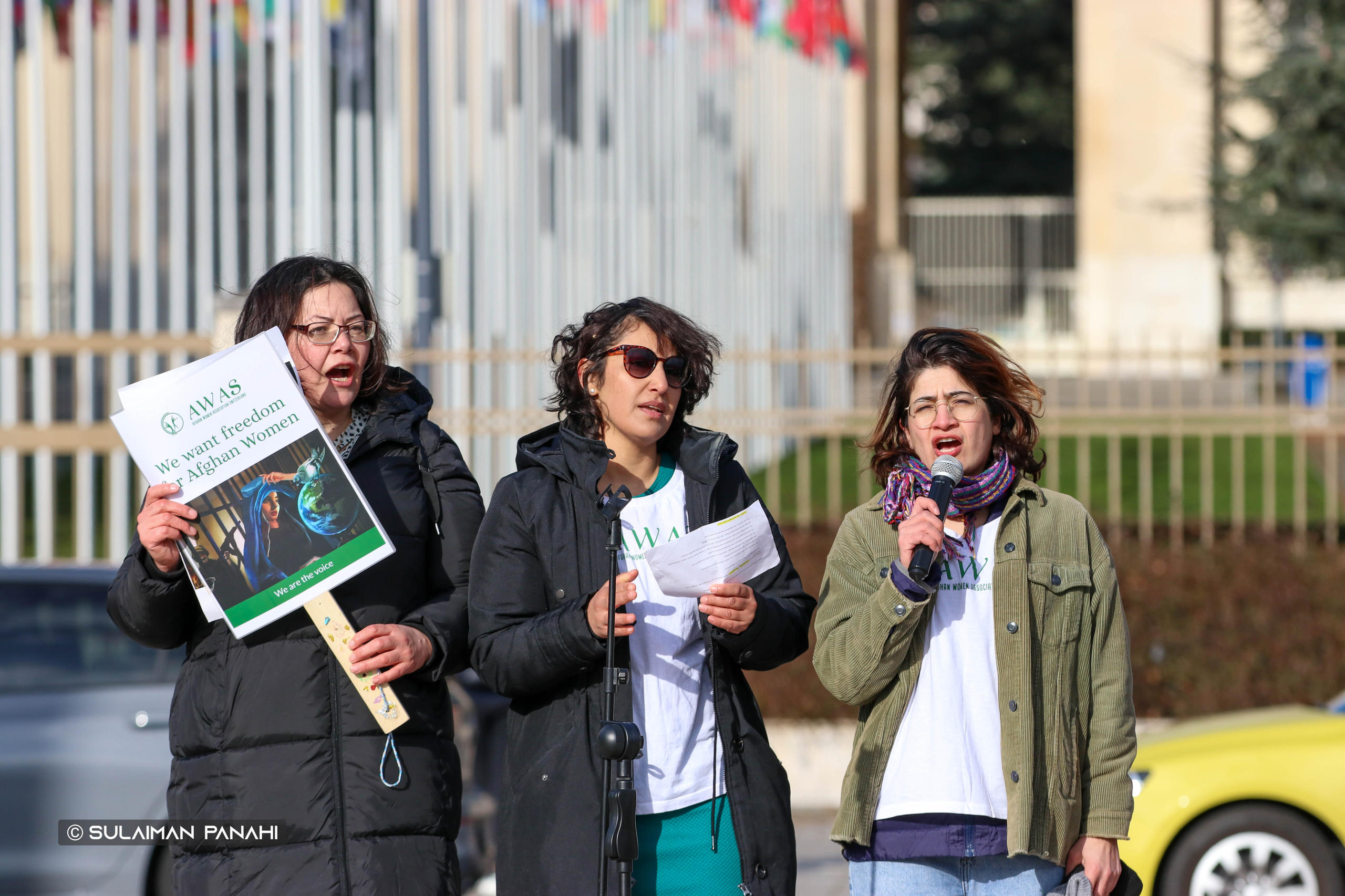
Applicants have to show “an immediate, specific and serious threat to life and limb” – for Afghans, the threat must be “individual and specific”, so belonging to a risk group (such as women and girls) is not enoughExternal link. They must also have a “close and current connection to Switzerland”, such as relatives or previous residence in the country. The SEM assesses if each case fulfills these criteria according to the law, spokesperson Samuel Wyss tells SWI swissinfo.ch in an email. But refugee aid groups say the requirements are too restrictive.
“We would welcome greater consideration […] of the difficulties applicants face, for example, in obtaining valid documents from their home country,” says Martin Rechlin, a spokesperson for UNHCR Switzerland.
These include not just proof of identity or passports but also proof of persecution. To show her life was in danger, Rabbani’s cousin submitted a threatening letter she’d received from the Taliban. But according to the Red Cross, such letters are no longer consideredExternal link as evidence, as they are easily forged. Wyss writes that “the value of evidence [provided] depends on various factors, such as its timeliness, inalterability and whether it can be linked to the person in question.”
If the SEM is looking for more graphic evidence of someone being a direct target, that is simply unrealistic, says Rabbani: “If you have photos or videos of what happened to you, then you’re probably already dead.”
Aresu Rabbani fled her hometown of Herat in Afghanistan in 2008 together with her mother and three of her siblings. Her father was in jail, put there by the Taliban. Over several months, Rabbani and her family travelled through Iran, Turkey and finally Greece. Even on foot, the 12-year-old girl carried her baby brother in her arms for much of the journey.
The memories of that experience remain painful for Rabbani, who says she’s tried hard to forget. They came flooding back when the Taliban regained power in August 2021. She knew exactly the fears people in her homeland were facing: “I’ve lived it in my skin,” she says.
After years on temporary permits in Switzerland, Rabbani gained citizenship in 2016. Today she is studying to be a midwife and is a member of the Afghan Women’s Association SwitzerlandExternal link. As a volunteer with the asylum support service AsyLex, she is helping hundreds of Afghans with applications for a B permit or family reunification.
Since Switzerland closed its Kabul embassy in August 2021, Afghans also first have to leave the country to submit their request at a Swiss representation abroad – a feat that appears to be working against them.
“Experience has shown that often the decisive factor for refusal [of a humanitarian visa] is the fact that Afghans are in a third country in which they are not in immediate danger at the time of application,” says Wyss.
For many refugees, however, safety in places that are struggling to cope with the surge in arrivals is not a given. Although the UNHCR commends Iran for welcoming fleeing Afghans, the country already hosts one of the largest refugee populations in the world. In recent months, Pakistan, which has not ratified the UN Refugee Convention, has reportedly deportedExternal link or detained Afghans for illegal entry.
Lives in perpetual limbo
With the chances of obtaining humanitarian visas so slim, Rabbani is now helping those who have reached Switzerland but don’t have refugee status. Just over half of 4,138 Afghan asylum-seekers last year received temporary admission, a status given to people who don’t meet the criteria for asylum but cannot be expulsed, often because of conflict in their homeland. While the SEM considers the “protection rate” (refugee status plus temporary admission) to be 72% for Afghans, the one-year renewable permit F for temporarily admitted persons has long been criticised by advocacy groups.
“Temporary admission is problematic in the eyes of the Swiss Refugee Council,” says Lionel Walter, a spokesperson for the refugee umbrella organisation. “It limits the rights of people who in reality often end up staying permanently in Switzerland.” The temporary nature of the permit is a deterrentExternal link for potential employers. Plus, unlike recognised refugees, people with a F permit face restrictions on travel outside Switzerland, social assistance and family reunification.
Rabbani is helping these Afghans get a B permit (which they can request after five years on a F permit) entitling them to the same rights as refugees. For Rabbani, who after years of living on temporary permits gained Swiss citizenship in 2016, these efforts hit close to home: her mother, Mahjan Rabbani, has had a F permit since her arrival in 2008. Life for her has been on hold ever since.
“I may be physically safe in Switzerland but I feel like a prisoner,” she says, adding that being temporarily admitted means “I am never sure when or if I will be able to stay here permanently.” This uncertainty, together with her inability to get a job, put down roots, or even move cantons to be closer to her children, has taken a toll on Rabbani, who now suffers from anxiety and depression.
The plight facing F-permit holders has come into sharper focus since the Russian invasion of Ukraine in February 2022. So far over 76,000 people fleeing the war have obtained a special protection status (S), which means they can skip the regular asylum procedure and access jobs, accommodation, and support services right away. A group of experts evaluating the S permit for the justice department acknowledged there was now an inequality in legal treatment between Ukrainians and asylum-seekers of other nationalities, a fact Walter calls “striking”.
“Many refugees arriving in Switzerland from countries other than Ukraine are also fleeing fighting and bombs,” he says. “An inequality of rights with S status holders is therefore not justified.”
A sensitive issue in an election year
Switzerland’s policy is also out of step with the EU, with which it has harmonised parts of its asylum system. People fleeing conflict who don’t get asylum in the EU usually receive subsidiary protection, which comes with the same rights as refugee status. Motions are currently before the Swiss parliament to scrap the F permit in favour of a status similar to subsidiary protection, an idea the UNHCR has long supported. But the government has recommended rejecting them, arguing plans are underway to remove some F-permit restrictions, including on travel and moving cantons.
In the EU, signs are also emerging of a policy shift that could see more Afghans receive refugee status. The EU Asylum Agency (EUAA) wrote in January that Afghan women and girls “are in general at risk of persecution” and therefore eligible for refugee status. The EUAA conclusion is non-binding on states. But Denmark and Sweden have begunExternal link granting asylum to all women and girl applicants from Afghanistan.
Recently one member of the government gave a small indication that Switzerland may be willing to do more for Afghans. The new justice minister, Elisabeth Baume-Schneider of the Social Democrats, said in February she wants Switzerland to accept more refugees from crisis regions like Syria and Afghanistan as part of its resettlement programme with the UNHCR. Baume-Schneider’s predecessor, Karin Keller-Sutter, had rejected calls to accept thousands more Afghans in the aftermath of the Taliban’s return. In 2022, Switzerland accepted 95 Afghans from Turkey for resettlement – among the largest contingents for a European country, though less than the 255 Afghans Sweden accepted.
But the cantons, which are implementing partners in the resettlement programme, stand in Baume-Schneider’s way. Asylum requests are on the rise, they argueExternal link, and with a large contingent of Ukrainian refugees in the country, it is “not the right time” to increase resettlement numbers, they reportedly told the minister.
In Switzerland, any talk of a more generous refugee policy may have to wait until after the federal elections this autumn. Migration is set to be a major issue in the campaign, and politicians are likely to be careful about suggesting any changes that could bump up the numbers of refugees or asylum-seekers. But Mahjan Rabbani remains optimistic, even if her previous B permit requests have all been rejected.
“I hold on to the hope that one day things will get better – that I will be able to return to my homeland without fear,” she says, “or that I will find a sense of belonging and security in Switzerland.”
Edited by Virginie Mangin
This article was amended on March 23 to include reference to the “protection rate” for Afghans as calculated by the State Secretariat for Migration.

In compliance with the JTI standards
More: SWI swissinfo.ch certified by the Journalism Trust Initiative






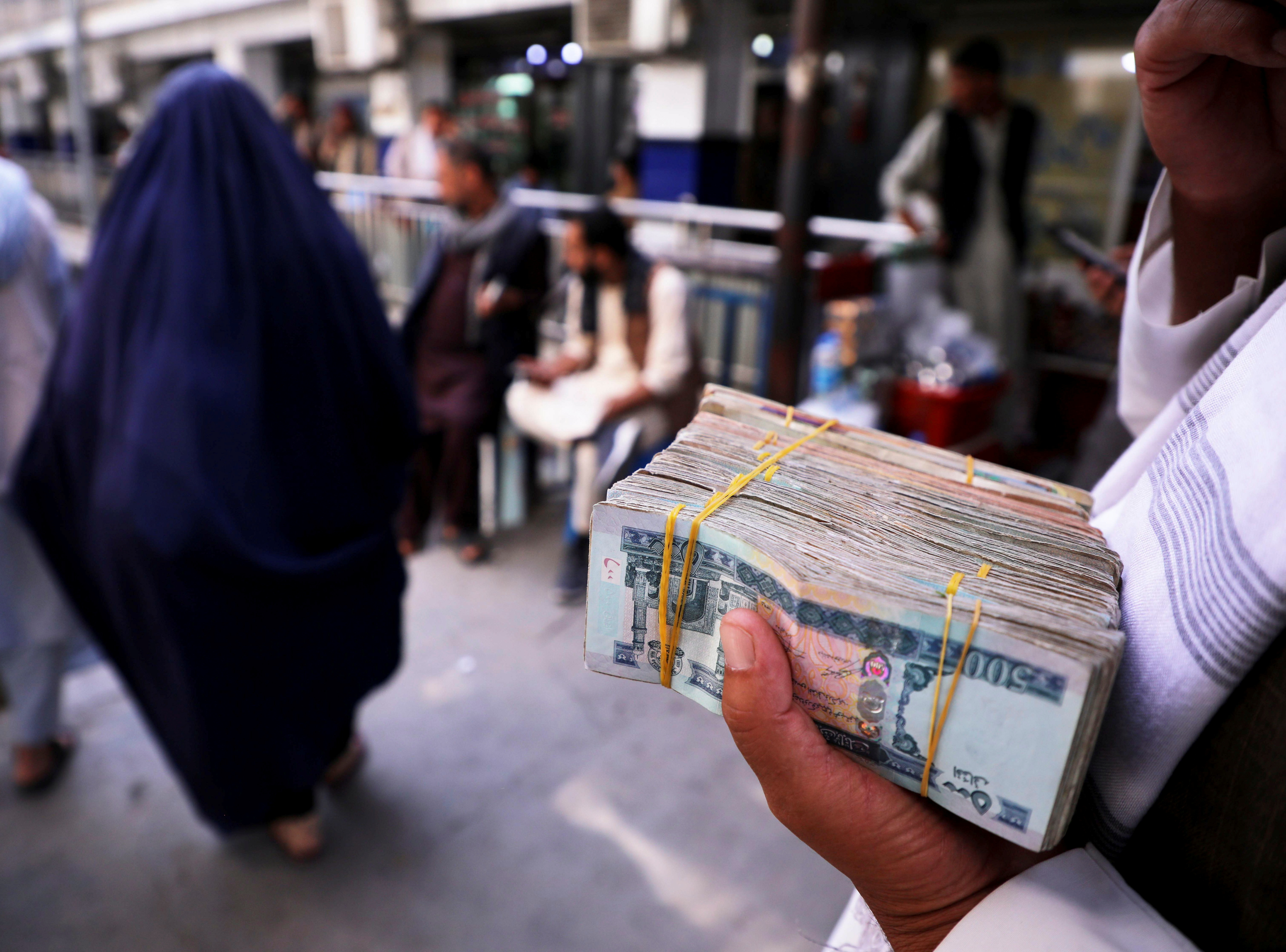




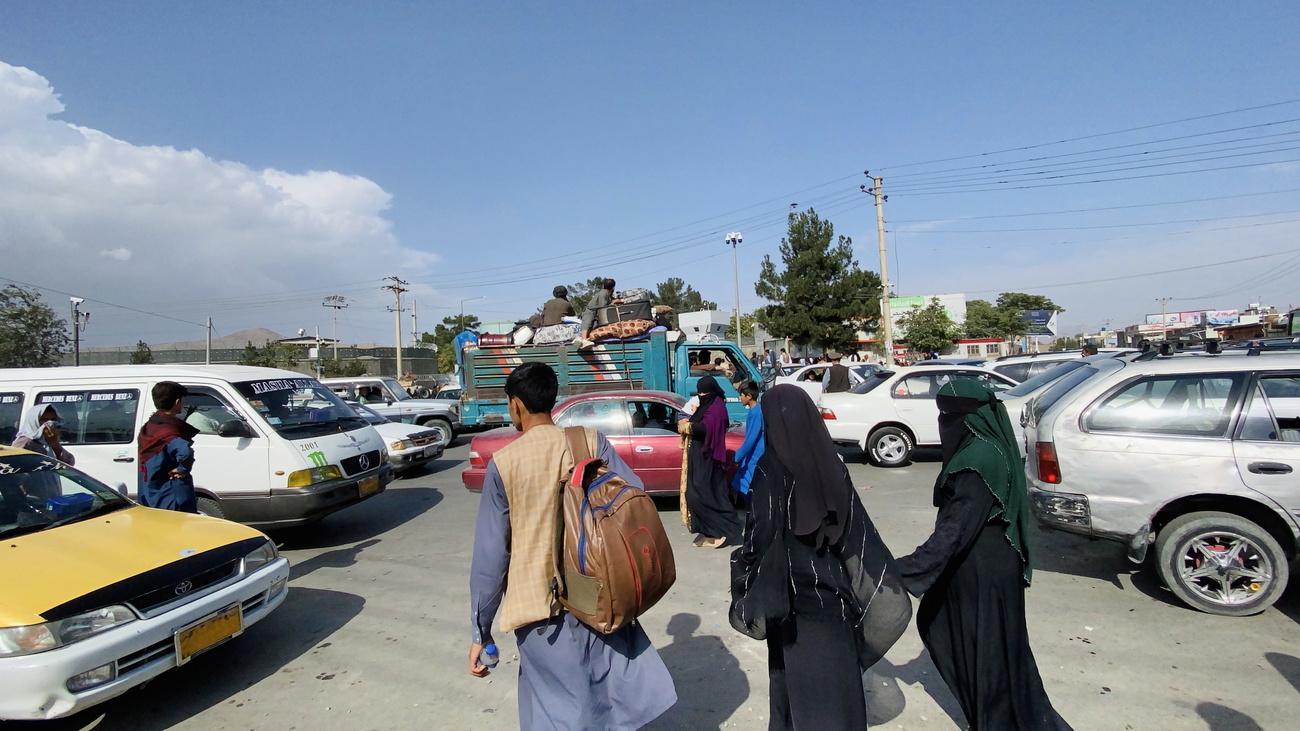
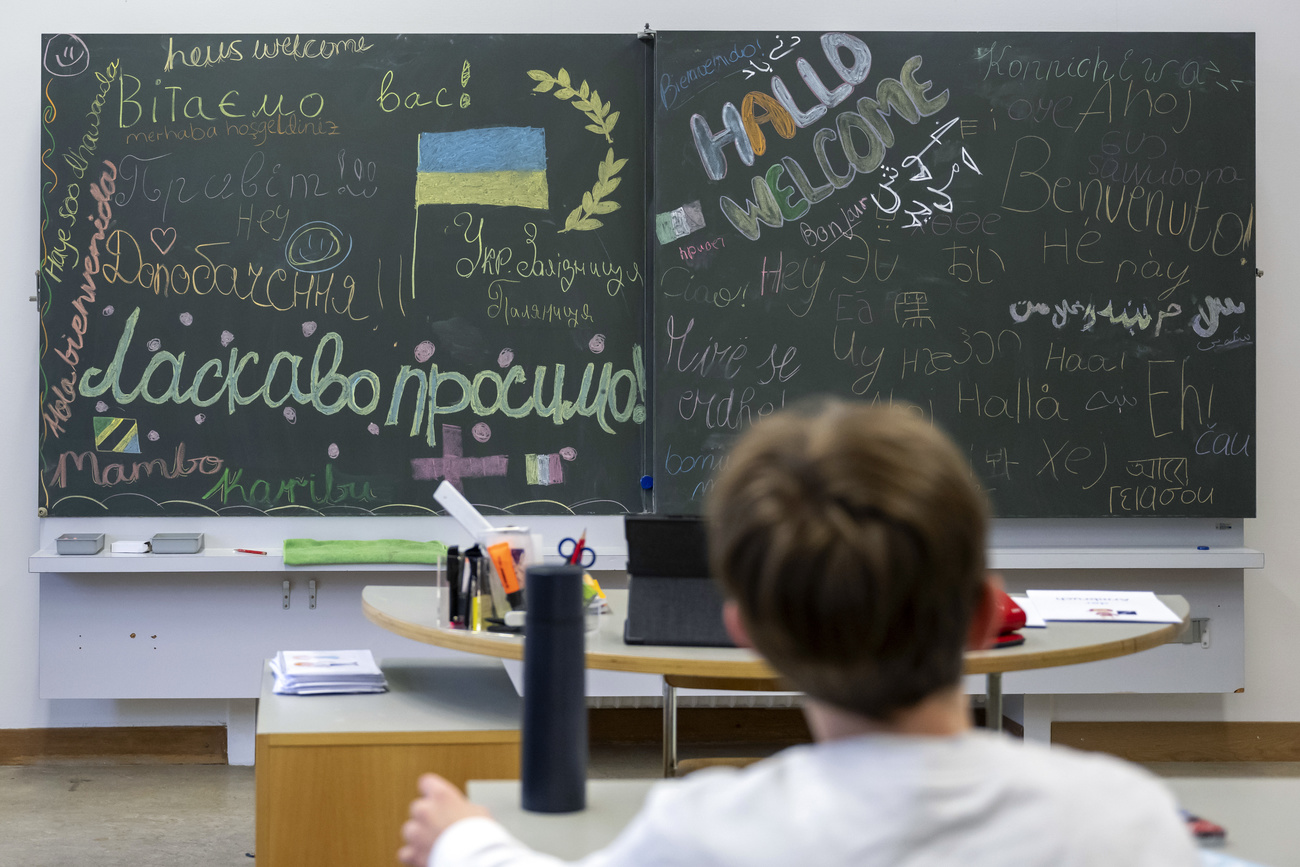
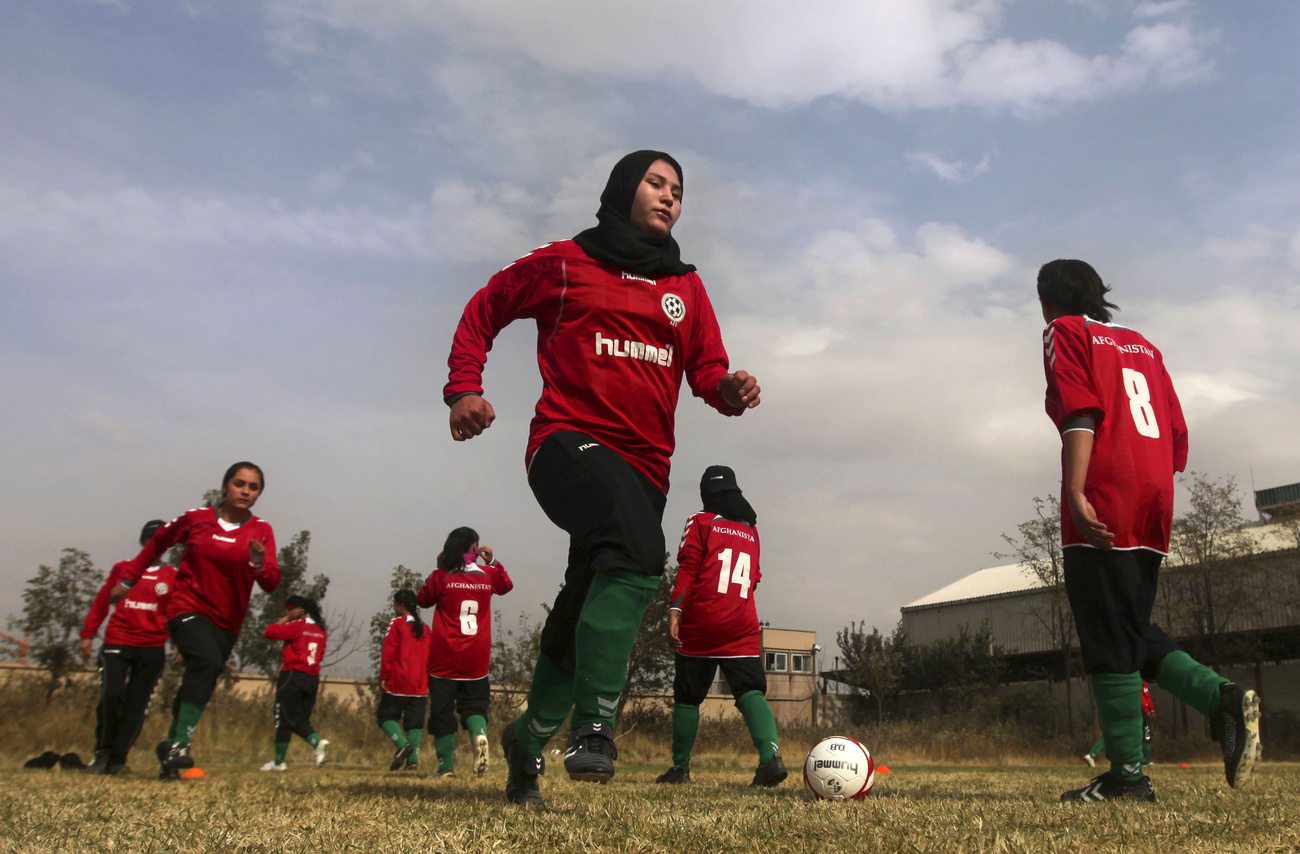
You can find an overview of ongoing debates with our journalists here . Please join us!
If you want to start a conversation about a topic raised in this article or want to report factual errors, email us at english@swissinfo.ch.